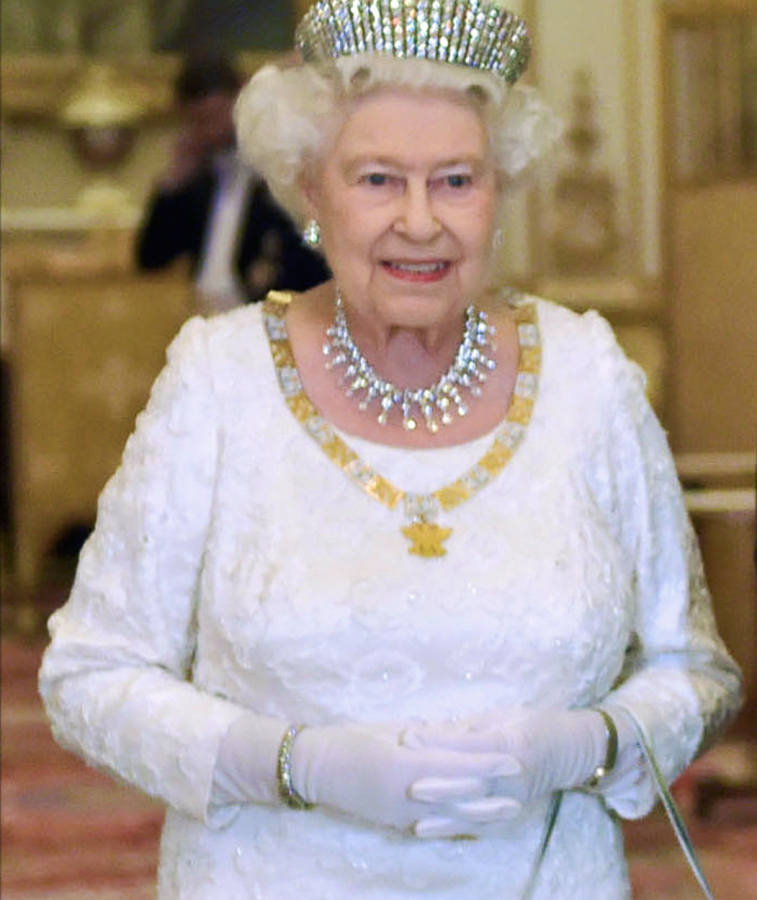The Death of Queen Elizabeth II: Her Greatest Moments
On Sept. 8th, 2022, Britain mourned the loss of Queen Elizabeth II, the longest-serving monarch in British history. At 96 years old, she passed away peacefully at Balmoral Castle in Scotland, as announced by the royal family. “We mourn profoundly the passing of a cherished Sovereign and a much-loved Mother. I know her loss will be deeply felt throughout the country, the Realms and the Commonwealth, and by countless people around the world,” said Charles III, her first born son and heir. Although the cause of death is unknown, the public had been aware of her recently declining health, as she experienced several medical issues prior to her passing. Nevertheless, her death has sent shock waves across the globe and even in the Pine Crest community.
“I was in complete shock because I knew she was old, but you never know when something like that is going to happen. She had a huge influence over the United Kingdom and the world as a whole. She has faced many challenges in her lifetime, and I am sad to see that she is gone,” said Avery Holzer ’24, a Pine Crest student. Although her life has come to an end, Queen Elizabeth II was a powerful leader that endured many hardships throughout her seven-decade reign, and has served as a popular and generous monarch since she rose to power at the early age of 25 years old. As the daughter of Prince Albert, the second born son of King George V, Elizabeth never had any expectation of being the Queen of England. However, when King Edward VIII, the first born son, relinquished power, her father succeeded the throne. After his death, a young Elizabeth was thrust into the spotlight. Her coronation was on June 2, 1953, marking the beginning of her accession to the throne. The ceremony was viewed eagerly by 27 million people in person, and 11 million more on the radio.
From that moment, Queen Elizabeth became a monarch heavily involved in the affairs of her nation, and to this day, is the most widely traveled head of state in the world. This can be attributed to her six month coronation tour she embarked on in 1953. On her prolonged trip around the globe, she visited several countries and continents. Although it is now common practice for royalty to greet and converse with the people while traveling, Queen Elizabeth reversed the previous tradition of waving from a distance. During her royal tours, she was known to engage with the public face to face.
In addition to overturning precedents in regards to interaction with the public, Queen Elizabeth’s rule was essential in the gradual modernization of the monarchy, setting new traditions for the future. On Oct 28, 2011, she voted to enact the Succession to the Crown Act. This legislation eliminates a rule that recognizes male precedence in the order of succession to the Crown. It also nullified a rule that disqualifies royal family members from the line of succession if they chose to marry a Roman Catholic. This action reversed centuries of tradition in British history, and served as a key accomplishment in her time as Queen.
Although her death had elicited grief around the globe, many people, especially those residing in Britain’s former colonies, have mixed emotions regarding her reign. Her life meant different things to different people; some viewed her favorably, and others viewed her as a symbol of British imperialism, serving as a reminder of Britain’s history violence and oppression in its colonial pursuits. Still, having met 13 U.S. Presidents and served by 15 British prime ministers, Queen Elizabeth II will undeniably be remembered as an influential figure in history.

Riana Mahtani, class of 2024, is the editor of the news section and has a passion for writing about current events. Outside of The Paw Print,...
































![Stranger Things 4: What to Expect [Warning: Contains Spoilers]](https://pcpawprint.com/wp-content/uploads/2021/11/StrangerThings4-900x473.jpeg)


























































